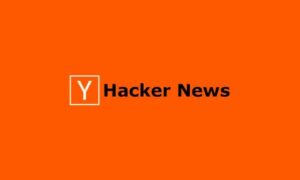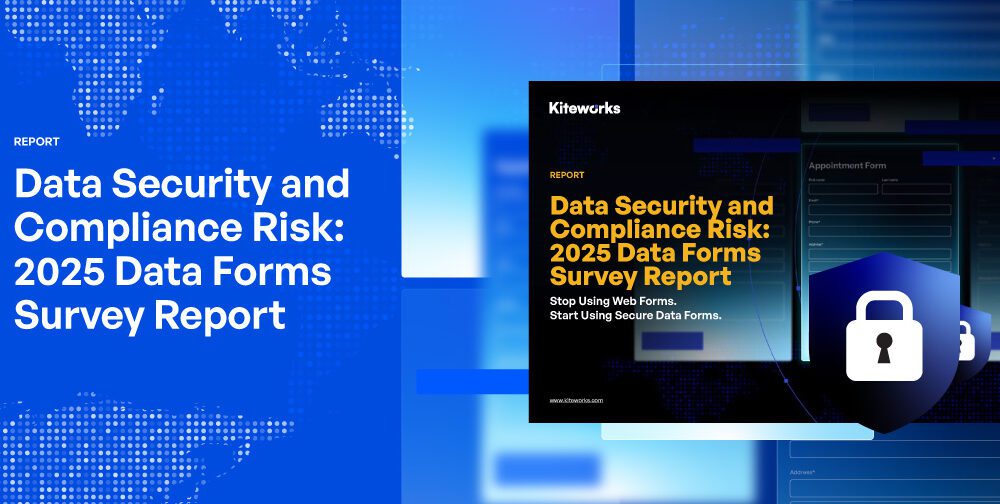Insurance plays a vital role in the equipment rental business, where there is a need to secure essential assets against theft, damage, and liability. Insurance management can also be demanding when one operates a dynamic fleet. Luckily, following up on assets, policies, and compliance through digital tools is becoming easier. These are the three practical methods of using technology to sustain equipment rental insurance.
1. Use Asset Tracking Systems to Monitor Coverage Needs
With current GPS and RFD tracking technology, rental companies can see where their equipment is, how it is used, and any conditions that make it highly risky. These tracking systems produce data in real-time and can be used to make insurance decisions. For example, regularly rented equipment, such as that in remote areas, high-activity, or theft regions, may need more exhaustive coverage or specific endorsements. Asset tracking systems can also help if equipment rentals go missing after a natural disaster, such as a tornado, flood, or hurricane.
GPS improves asset visibility, maintenance scheduling, and theft prevention. Adding these systems to the rental and insurance documents would allow companies to verify that all the equipment is covered before rolling it off the lot to avoid those expensive insurance lapses.
- Automate Insurance Policy Management
Insurance policies are time-consuming to set up manually and pose the threat of defaulting on renewal due dates and not noticing coverage variations. Online programs enable companies to store all policy data, have renewal reminders, and monitor the claim history. Some systems are also incorporated with fleet or rental management software that offers real-time verification of the compliance of insurance needs with every transaction.
Policy tracking is beneficial when automated by equipment rental firms with a seasonal or high-turnover inventory. As equipment is often cycled on and off service, keeping up with insurance requirements is challenging unless you can use digital tools to help. The automated system enables tracking coverage status, renewal warning, and matching insurance requirements with existing asset status.
3. Improve Claims Accuracy with Digital Documentation
Claims are one of the most frustrating aspects of dealing with insurance, especially where documentation is lacking. Companies can easily record the condition of equipment before and after renting using mobile inspection apps and electronic photo logs. Images whose time-stamp is recorded, signature records, and maintenance records form an accurate history that can be used to prove claims and minimize arguments.
According to the Insurance Information Institute, it is adequate to document all insured property digitally (using photographs, particularly, accelerates the claim process and enhances payout accuracy). Mobile apps and cloud-based evidence storage will permit equipment rental firms to speed up the evidence collection process and avoid unwanted liability claims. You might not think equipment rental insurance is necessary, but you’ll be glad you had it after you find yourself facing unforeseen events or circumstances.
Insurance in the equipment leasing business should not be hard work. Businesses can ensure their coverage is constantly updated by utilizing technology, including asset tracking, electronic policy platforms, and mobile inspection tools. Greater visibility, accuracy, and automation allow rental companies to limit risk, increase efficiency, and remain safe in an increasingly challenging market.





























